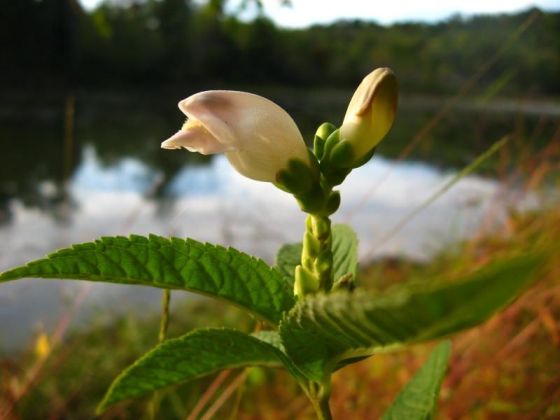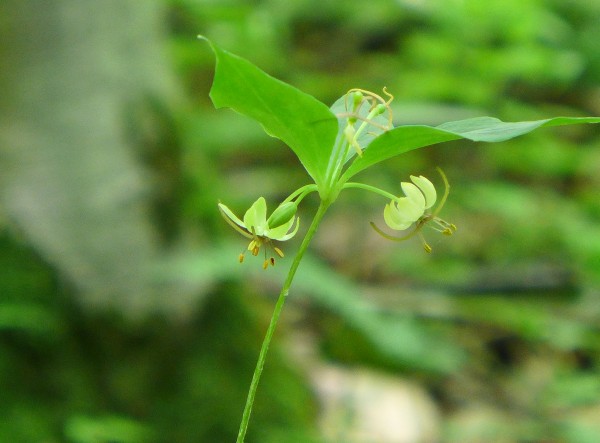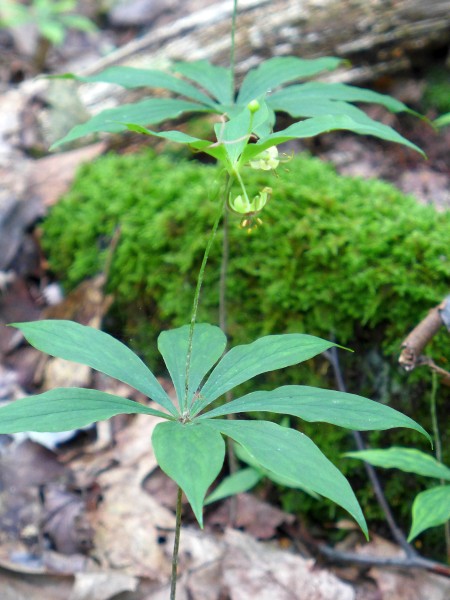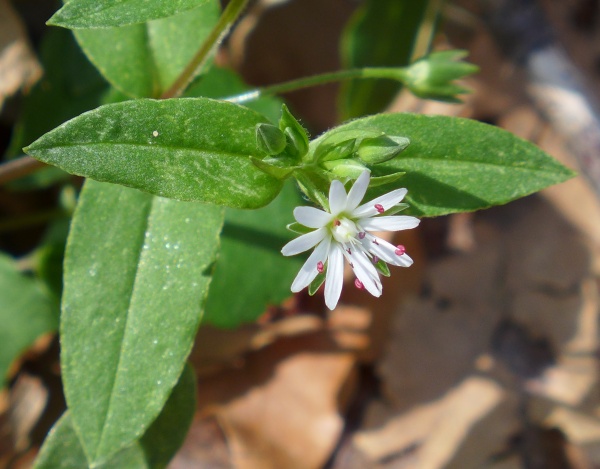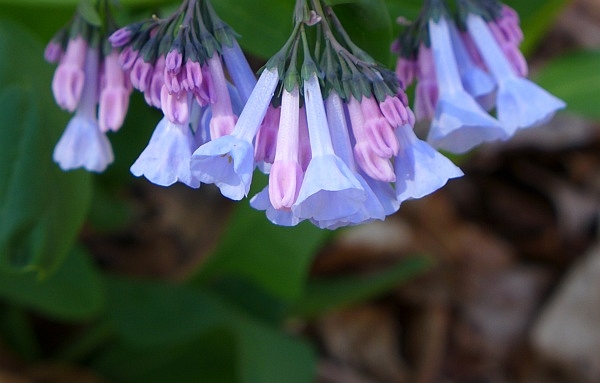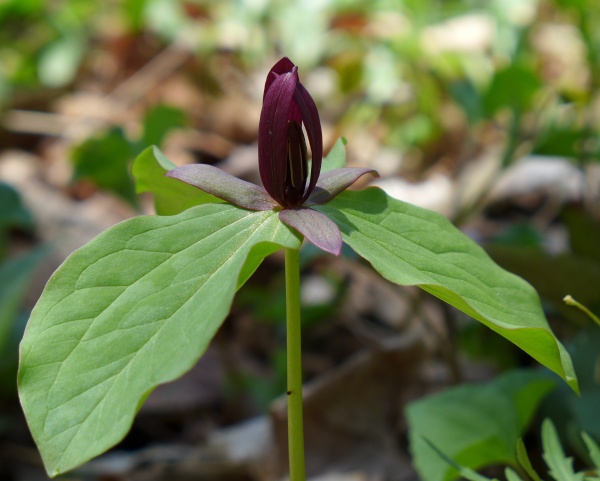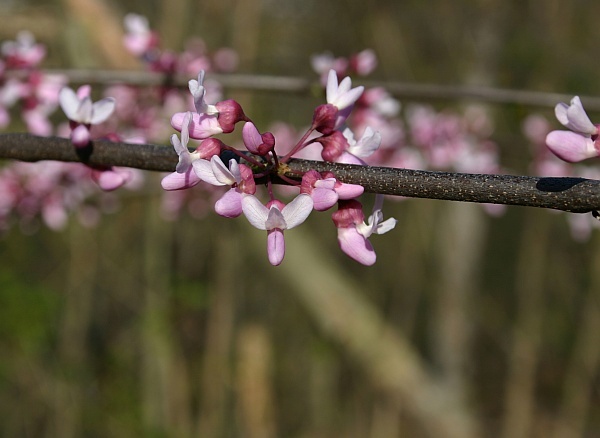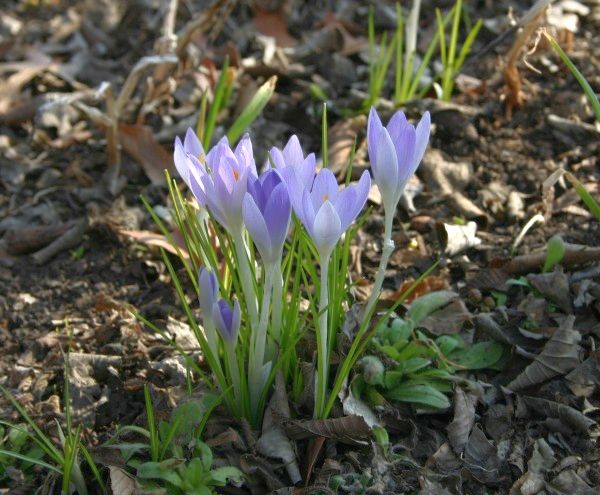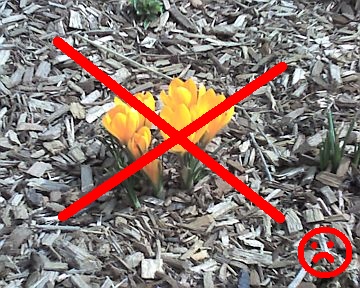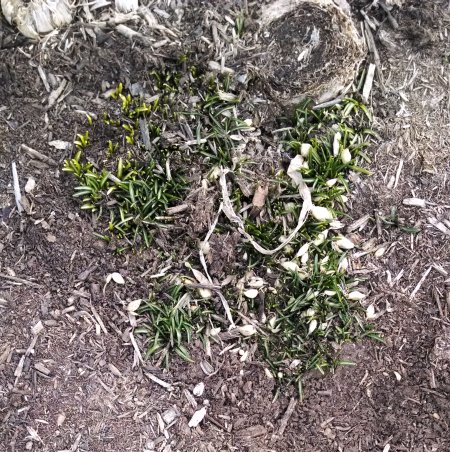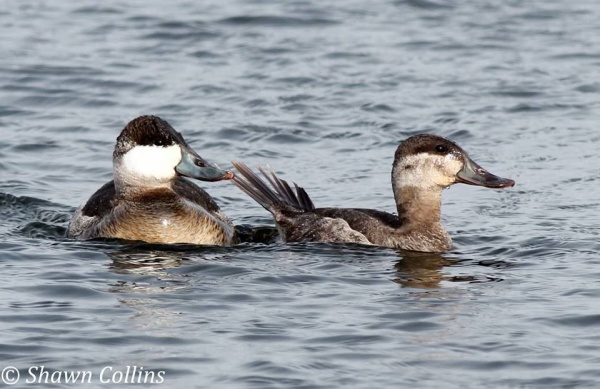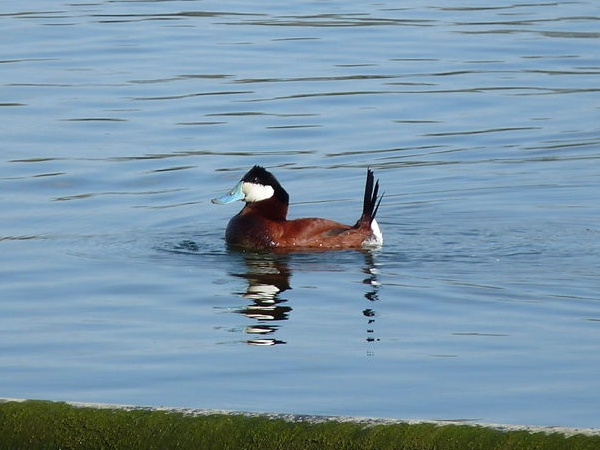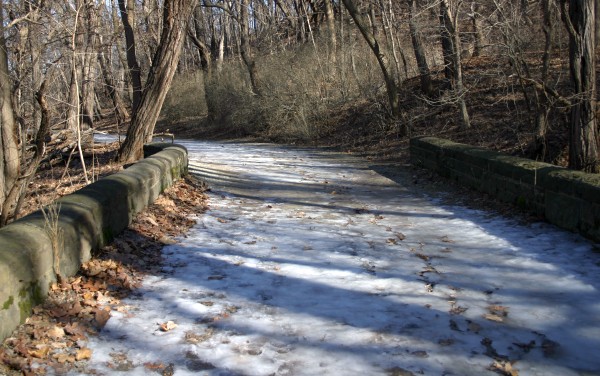
Spring is coming, slowly but surely. Last weekend I took a walk in Schenley Park to see what was up.
On Saturday morning the snow was gone from the sidewalks and woods but Schenley’s gravel trails were sheets of ice. I wore my ice cleats so I was able enjoy the sights without having to focus on my feet. Three signs of spring attracted my attention: maples, midges and mammals.
The red maple branches look thick now because their buds are swelling …
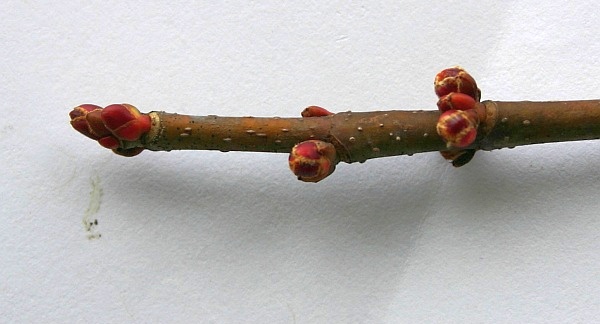
… and the sap is running. I found a big hackberry whose sap was running so fast that it poured out of a limb wound and ran down the trunk in a rippling stream. Warm days and cold nights are maple sugaring time.
Small, brown flying insects caught my eye. Like the “flies” fisherman use to lure trout to the hook they’re impossible to identify and photograph, so I call them midges. Their hatch in February won’t be eaten by warblers.
The mammals were active too, especially Schenley’s growing herd of the deer. Hidden in plain sight I saw four deer browsing on saplings they hadn’t been able to reach under snow cover. I whistled to attract their attention and three perked up their ears.
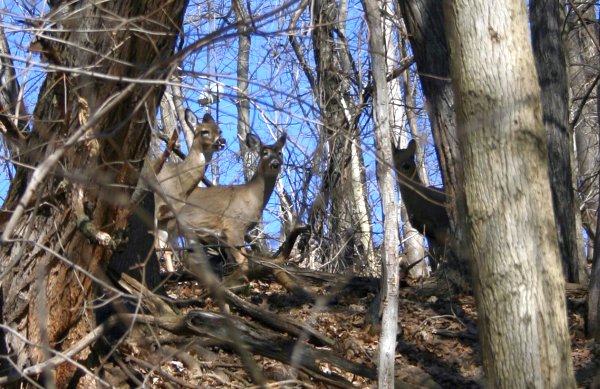
As usual I’m always surprised when my “Warm Day” February photographs look so brown. The woods aren’t green yet but that’s just as well. By mid-week the lows will be 8-10oF.
Maples, midges and mammals will wait a little longer for spring.
(photos by Kate St. John)
